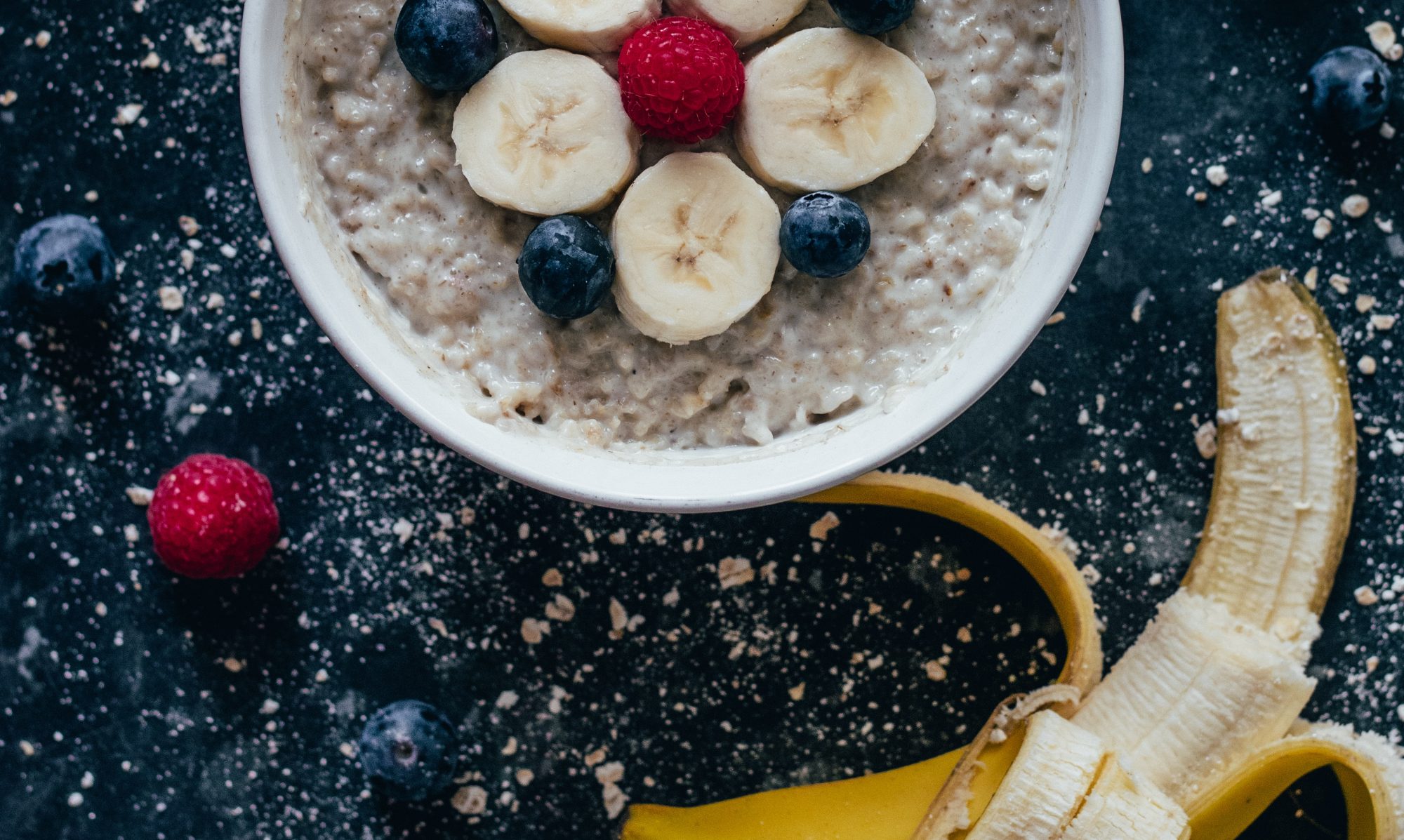Food and lifestyle are vital to diabetes management. Start your wellness plan today by following these tips:
Savor the Healthiest Fair Foods
There is simply nothing quite as mouthwatering as traditional fair food. Hot dogs, ice cream and fried dough tempt fairgoers at every corner. Name a food to deep-fat-fry, and you will probably find it a fair (even cheesecake!). Fortunately, fairs offer so much more than fried food and you can sample the finest fair foods without sabotaging your lifestyle goals. Here are a few tips.
Continue reading “Savor the Healthiest Fair Foods”Q & A: Are Dextrose and Stevia Safe?
Q: After buying Organic Stevia Blend, I noticed when I got home that it contained dextrose. Because it is organic, I am hoping that the dextrose won’t be problematic. But isn’t it one of the sugars we shouldn’t eat?
A: Dextrose is a simple sugar that is made from corn. Consuming added sugar like dextrose is OK in moderation.
Remember small amounts of concentrated sugar from brown sugar, granulated sugar or honey are okay too!
But consuming excess calories from simple sugar is associated with higher body mass index and the development of cardiovascular disease and diabetes.
Did you know the average adult in America consumes about 400-500 calories of added sugar in one day? Added sugar is hiding in so many foods! Click here to “eat” virtual meals and find out how much added sugar you consume on an average day.
Children 2-18 years old and adults should limit added sugar to no more than 100 calories (25 grams, or 6 teaspoons) per day.
A note on Stevia: The stevia plant has been used a for thousands of years in other cultures and it is on the FDA’s Generally Recognized as Safe (GRAS) list.
Q&A: The best anti-inflammatory oils to dress your salad.
Q: Is sunflower oil OK to use if not heating it, just using on a salad? “Anne in Cincinnati”
A: First a little background on dietary fats. Consuming too much omega-6 and too little omega-3 leads to an imbalance of signaling molecules (prostaglandins) that causes inflammation.
National surveys show that Americans are consuming too much omega-6 fatty acids from soy, corn, safflower, and other vegetable oils.
So the key is to find a balance and for the average American that means replacing oils rich in omega-6 fatty acids with oils rich in omega-3 fatty acids.
Back to your question.
Sunflower oil is rich in omega-6 fatty acids so it is okay to have in moderation and I encourage you to dress your salad with other oils that are rich in anti-inflammatory and heart healthy fatty acids.
The most nutritious oils for salads are rich in oleic acid (omega-9) or alpha linoleic acid (omega-3), are unrefined and unfiltered (look for cold pressed on the label). I would recommend dressing your salad with extra virgin olive oil (75 percent heart-healthy oleic acid), flaxseed oil (57 percent anti-inflammatory alpha linoleic acid), fresh avocado or avocado oil (71 percent oleic acid), or almonds (30 percent oleic).
A note about unrefined oils: They should be kept in a dark, cool spot and should not be used for sautéing.
Decreasing Colon Cancer Risk through Diet and Lifestyle
According to researchers at the National Cancer Institute and American Cancer Society younger Americans are at a greater risk of getting colon cancer. If you were born in 1990, your risk of colon cancer is actually twice as great as someone born in 1950.
It’s difficult to pinpoint why colon and rectal cancer rates have spiked for Americans younger than 55, but the increase parallels a similar spike in obesity, sedentary lifestyle, and poor eating habits.
Each five-point increase in body mass index corresponds to a 10 percent increased risk for colon cancer, according to a 2014 study.
The eating pattern outlined below, combined with regular exercise, supports weight loss and can reduce the odds that your first routine colorectal screening will show any signs of cancer.
Continue reading “Decreasing Colon Cancer Risk through Diet and Lifestyle”
Why is everyone talking about ancient grains and seeds?
Claims that ‘ancient grains and seeds’ are the secret to beauty and weight loss are flooding social media pages and front covers of fitness magazines. So you ask, what’s all the hype and how do I add ancient grains and seeds to my spring meal routine?

Continue reading “Why is everyone talking about ancient grains and seeds?”
Creating Umami: How to cook with less salt
Often called the “fifth taste” umami suppresses bitter compounds (in foods like kale and broccoli), heightens the existing flavor of dishes and increases the perception of saltiness. The following tips will help you transition to a lower sodium diet without sacrificing flavor by creating umami.
Continue reading “Creating Umami: How to cook with less salt”Q&A: How much protein do I need?
Q: My husband is a big protein advocate and says I don’t get enough. There are a lot of things like protein shakes and pre-workout supplements floating around the market. I’d love to know: How much is “enough”?
N.S., Newington
A: Adequate protein intake is associated with improvements in lean body mass, strength, balance and functional health, especially as we age. The amount of protein you need is based on several factors including: body weight, muscle mass, physical activity and age.
Foods that Fight Cold and Flu Symptoms
You will probably catch at least a sniffle during cold and flu season, and the good news is that certain foods can help soothe symptoms.
Continue reading “Foods that Fight Cold and Flu Symptoms”Kitchen Activities for Preschoolers
Children are more likely to accept foods they select and help prepare, so encourage them to do as much as possible for themselves. Preschoolers quickly develop new skills and you may be surprised by how much your little chef can help in the kitchen.
